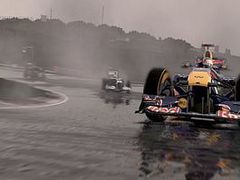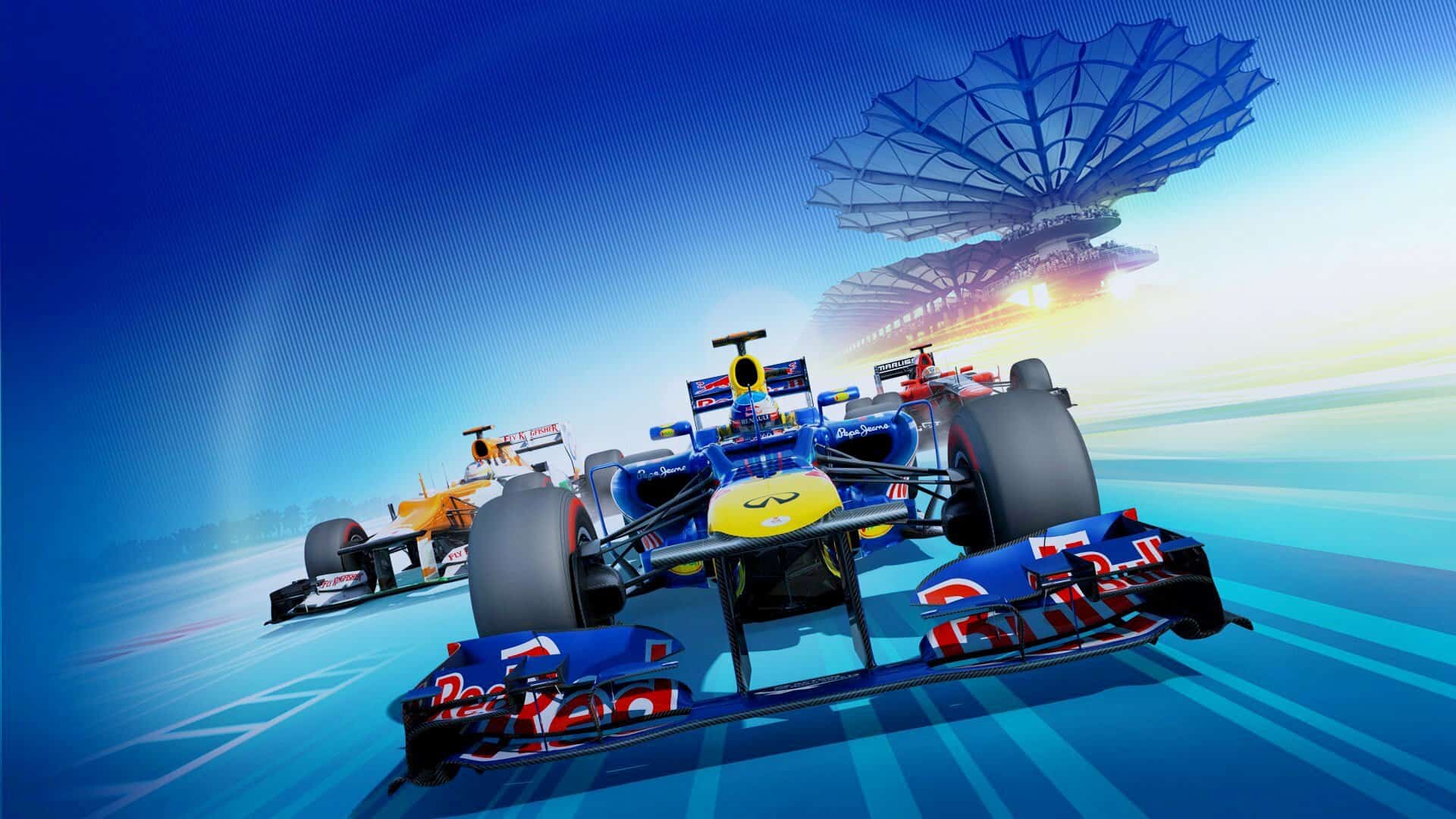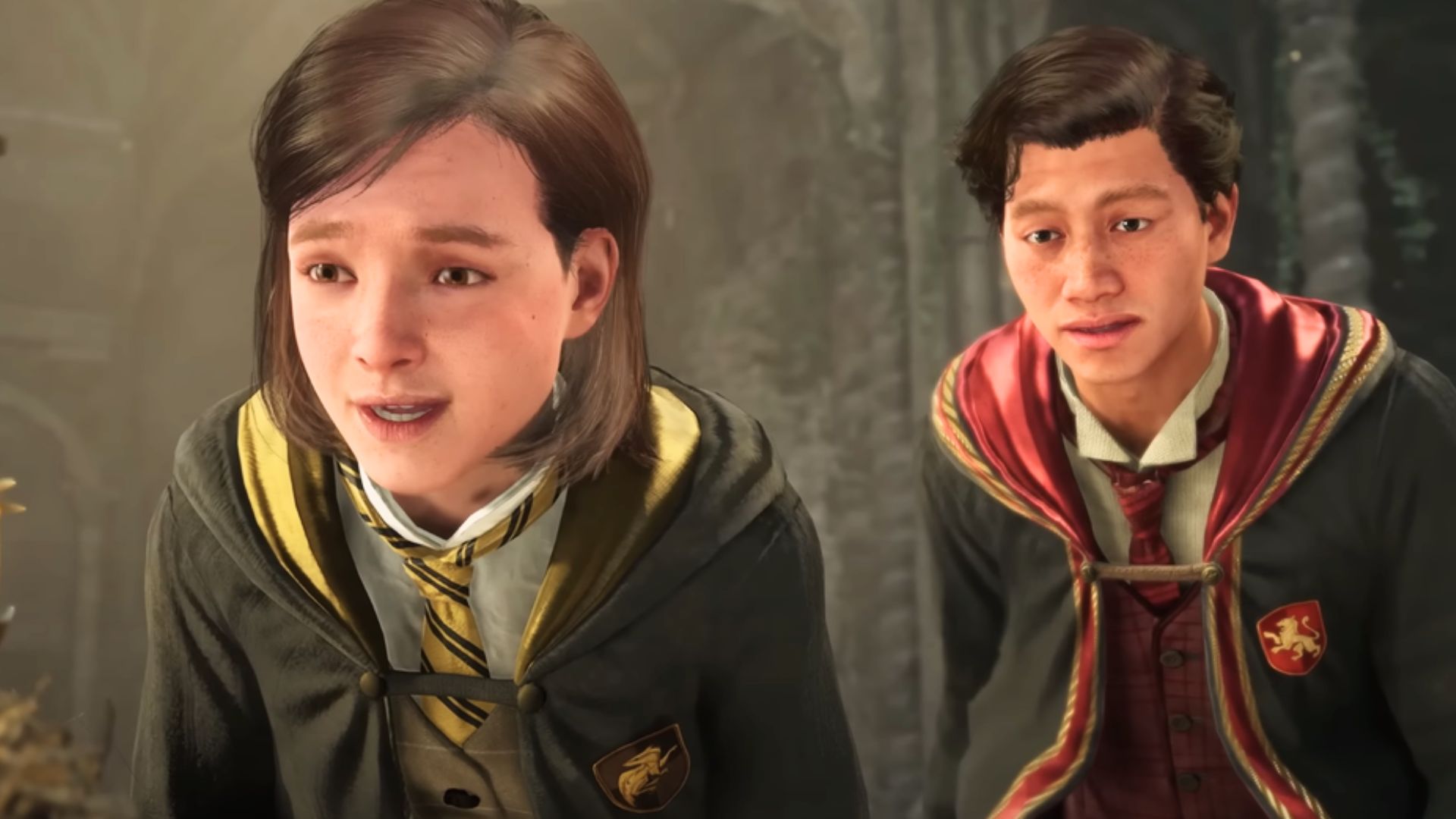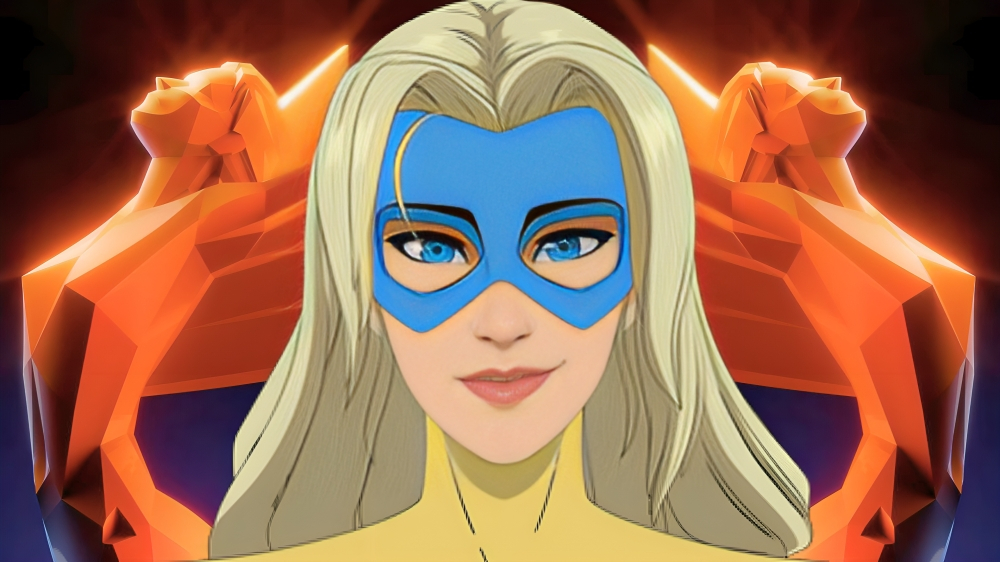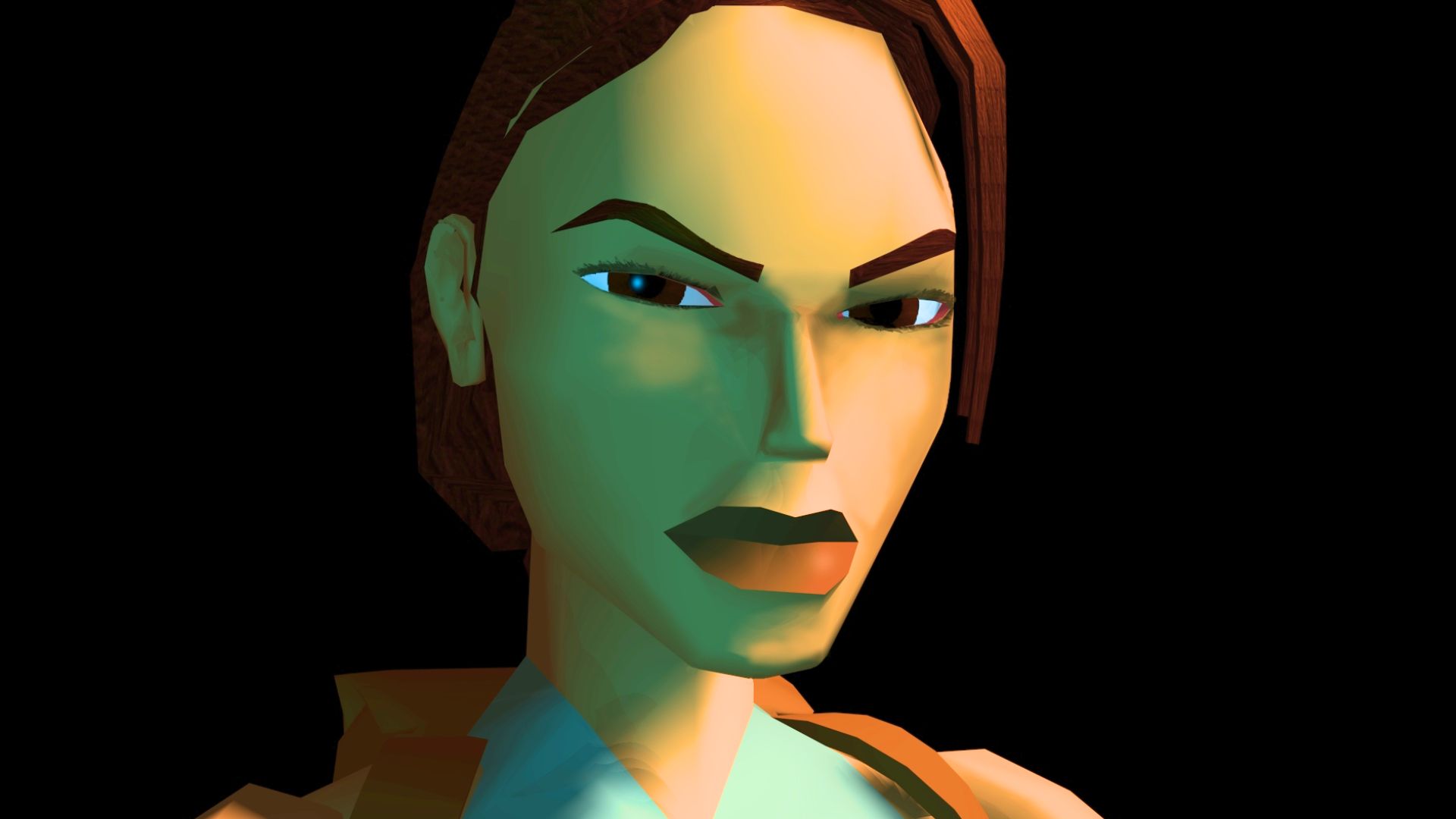You can trust VideoGamer. Our team of gaming experts spend hours testing and reviewing the latest games, to ensure you're reading the most comprehensive guide possible. Rest assured, all imagery and advice is unique and original. Check out how we test and review games here
Steve Hood is the creative director of Codemasters’ F1 series, and is currently hard at work on F1 2012. At a recent event in Las Vegas, we sat down to discuss the new Codemasters Racing label, changes to the game’s physics, and why the AI has finally learned to drive properly.
/https://oimg.videogamer.com/images/f0e4/f12011_f.jpg)
Q: So, what do you think of the new Codemaster Racing label, and the publsher’s new focus?
Steve Hood: I think it’s probably the right thing to do, because I think too many companies try to be the jack of all trades, master of none. I think Codemasters have been very strong in the racing genre, and I think adding Formula 1… the take on Formula 1 we’ve had showcases that we’re willing to do something a little more serious, an in-depth game, and do Formula 1 justice. We’ve kind of broadened our horizons within racing, and the company has definitely tried other genres and sometimes not been successful, for a multitude of reasons. So I have no problems with them focusing on this area for some time. But I don’t think that ever discounts us from in the future adding another brand to the Codemasters stable.
Q: I guess this must be fairly beneficial for you….
SH: I think so. I think it’s just them saying, “We’ve been particularly successful in this area”. They’ve tried a multitude of things over here [gestures off to the side], and for a number of reasons… Unless you want to be a big player and put a lot of money into some of the other genres they’ve tried, then you can’t get a foothold. Is it worth being a bit-part player over there when you could invest more into this side [racing] and expand that? Considering I’m on that side of the fence, then yeah, it’s a massive bonus for us.
Q: RaceNet seems to tie-in heavily with the growing idea of games as a service. If you look at what Elite has done for first-person shooting, could this do a similar thing for racing?
SH: I definitely think so. I think it gives us far more options. At least the company is focused on making this side of the business a success, whereas previously a lot of the senior execs would have to overlook a number of different types of games. It means that we can specialise a lot more in something that we’ve been successful in and expand in that area. Whereas we couldn’t make RPGs at the same time as doing racing games and be sure that the different teams would start with the right people, whereas now we can. And if you’re coming to work at Codemasters, at least for the next few years you know the kind of genre that you want to work on. So we can get those specialists in there.
Q: Do you talk a lot with the other teams, like the DiRT guys, for example?
Yeah, a fair bit, and there’s a lot more of that to come, a few more meetings. Because now we’re getting to the point where as a company we’re talking about what we’re going to be doing in the future, in terms of technology. We need to get closer together again in terms of what we’re doing with the physics engine, because we took their original stuff, that they’d used on the rally games, and converted some of that to work with Formula 1. But obviously it was built without Formula 1 in mind, and the things we would want to do with it, including the editor. So we’ve had to spend time modifying that for our needs. Whereas it would be better if we could put all of our requests into the melting pot at the start, and the central technology team can work on that and say, “Here you go guys!”. Then when we’ve got a problem we can phone them up and say, “Hey, how do you get around doing… ah, that’s how you do it!” Because at the moment we’ve started to diverge away from them. We share the technology, but a lot of the tools are custom-made per project.
/https://oimg.videogamer.com/images/782b/f12011_e.jpg)
Q: On a technical level, what have been the big hurdles for F1 2012?
SH: I’d say there have been two big hurdles, one of which is the updates to the physics engine that we wanted to do…
Q: You mentioned that. What’s going on there?
SH: Well, we closed 11 out without a physics programmer, which is a bit of a problem on a racing game! We’ve got a really strong guy now who’s looking into that. He’s made some significant changes, along with some other programmers, to the physics engine. The nitty gritty of it is that we’ve changed the way the aero is working, we’ve changed the way the suspension is working – and the suspension and tyres are critical to feel of the car. Previously you might have been bouncing over the kerbs or driving along and the tyres weren’t always in contact with the ground, they didn’t come back down quick enough. But now when you update the suspension, it sounds a bit weird, but it’s almost more compliant. The wheels are in contact with the ground a lot more and you suddenly get a lot more feedback. They’re doing the right things, which means when it gets sent off to other departments, like the audio team, they’re getting the correct inputs to their system. When you start to slide we can play the audio at the right point and you think, “Ah, I’m pushing the envelope here now”. Previously, it wouldn’t [work like that], they’d get these weird numbers and go,”When do we start putting in the screeching noise?”
If you’re getting fundamental problems like that… F1 is on the edge of performance, so these things can become very apparent to the user, because you’re doing such high speeds. Now it changes so that the car just feels… I wouldn’t say more alive, because that makes it sound skittish, but more in contact with the ground. You are driving a car now, it’s really on the road.
Q: It’s funny how it boils down to… well, what could be considered quite small details.
SH: Yeah. The problem is, sometimes those things come across as if it’s just for the elite, but everybody will feel that their car is easier and more consistent to drive, which is exactly what they want.
/https://oimg.videogamer.com/images/5ce3/f12011_j.jpg)
Q: Even if they’re not necessarily aware of it.
SH: Yes. If they played the games back-to-back they’d all migrate to 12, I’m sure. They wouldn’t have a preference anymore. Some people are saying they prefer 10, some say they prefer 11. I tend to find that the hardcore with the steering wheels prefer 11 when they’ve got their own setups on it, and the people who are less consistent prefer 10 because it was over-gripped and over-tyred to get around some other issues that we’ve got. But we can get rid of that and the cars are a lot better, which also plugs into how the AI drivers drive. They don’t need to drive with any driving aids. In almost every racing game the AI drivers have to drive with traction control and ABS. We can turn all those things off now, because the car is doing what we’d expect it to do.
Q: So the driving aids were there to help the AI drivers get around the holes that the players deals with?
SH: Yeah. In most racing games the AI drivers are very brutal, lamping the throttle on, which is how most players are driving. When we get the data, almost everybody has ABS and traction control on, which is fine – but as far as we’re concerned you start to lose some of that wonder of coming out of a corner and the back starting to break loose. It’s not a drifting game, Formula 1, but you want that [sense of] I’ve gone over the edge… and I’ve just quickly caught it. To see the AI doing that in front you, when you’re following them, is cool. And it’s just one of those subtle changes to the physics engine that we spend a lot of time on, that impact audio, impact AI, impact the feeling of driving in the wet and how the cars look when they bounce of the kerb. It’s pretty cool.
Q: What’s going on with the weather in F1 2012?
SH: So, I can’t reveal too much at the moment. But the weather system we did for the 2010 game was, I think, pretty cool, because we were adding weather to Formula 1 – and that mixes the races up. So it’s pretty obvious that you want to put something like that in. We always felt that most racing developers shy away from that, there’s almost this unwritten rule amongst all developers that [whispers] “Yeah, we won’t do wet weather. If you won’t do it, we’re not going to do it!” So we just thought, let’s do this. Let’s get weather working in the game, which would be awesome, and have it dynamic so it can change during the race. And that was cool, but what do we need? Do you just stay there, with that weather system, and let someone else eventually catch up and do it? Or do you just keep pushing the boundaries?
So, we’re doing the things that you would expect to see in real life, in a race, that would change. I can’t really say more, but we’ll reveal it. It was kind of an ambitious target that we thought might drop into a future game, but the programmer has been a bit of a star, and he’s managed to get it up and running. Which means there’s more work for the artist to do so that it integrates and works properly across all the different modes. But it’ll be pretty sweet!
Keep an eye out for Part 2 of this interview soon, where Steve reflects upon the first two F1 games, his design wishlist for the series, and how the F1 series may develop with the arrival of the next gen.
